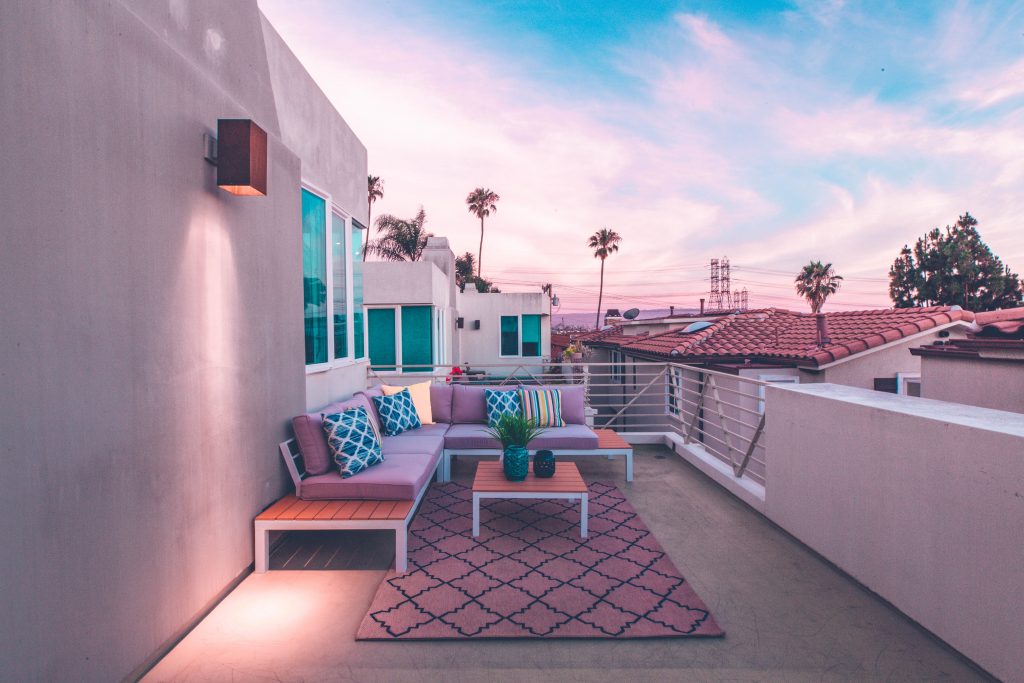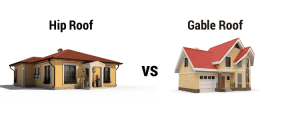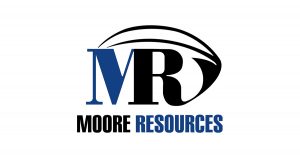How Do Roofs Affect the Cost of Homeowner’s Insurance?

Photo by Marion Michele on Unsplash
Florida is referred to as the Sunshine State, but don’t let the term fool you. As any Floridian knows, our state has more than its fair share of adverse weather conditions. Whether rain, wind gusts, and even hail, Florida homes can take a beating and the majority of that beating falls squarely on roof of our homes. For this reason, homeowner’s insurance companies put a great deal of scrutiny on roof conditions before insuring a home. Insurance companies acquire and analyze a large amount of detailed data regarding how long roofs last and what the most common causes of damage are. Unfortunately, the results aren’t exactly cut & dry. While cause and age may be isolated, the rating basis for homeowner’s insurance carriers is commonly dictated by the type of roofs and how effective they have been in the past.
Types of Roofs and How they Affect your Home Insurance Policy
The two main factors that determine how your roof is viewed by a potential insurance company are shape and material. Many potential homeowners don’t realize prior to purchase that the shape of their home’s roof may mean higher insurance premiums. This is mainly due to wind testing as well as the ability of roofs to discard standing water. There are a few different types of roofs that are commonly found throughout the state of Florida: Hip Roofs, Gable Roofs, and Flat Roofs.
Roof Shape:
Hip roofs are shaped with inclines on all sides, meaning that the roof slopes down at the front and back of the house, as well as on both sides. This is viewed as a huge plus by the insurance carrier because it has a higher wind resistance so the roof will sustain higher speed winds without being blown off. Homeowners with hip roofs will benefit from lower insurance premiums than their non-hip neighbors.
Gable roofs consist of two sloped sides and a gable, or peak, at each end of the home. These roofs are some of the most common in the U.S. and are applauded for their ability to easily shed water or debris. However, insurance companies charge slightly higher premiums for gable roofs due to their high-wind susceptibility. These roofs can collapse or lift away from the walls during hurricanes or other high-wind storms.

Flat roofs are the least appealing roof shape to an insurance company. Flat roofs have relatively no pitch or slope to them, which create issues with pooling water. These roofs are frowned upon by insurance companies regardless of the type of material it is composed of.
Roof Material:
Roof materials also play a large role in the insurance underwriting process. The type of material your roof is composed of will dictate the length of time that the insurance company is willing to provide insurance coverage. Insurance companies have standard life expectancies for the most common roofing types of roofing materials: standard shingles, architectural shingles, tile, and metal. The life expectancy of each may vary with each different insurance carrier, but it is usually less than the lifetime promoted by the roofing contractor.
Shingles are very common and there is a distinct difference between the standard shingle roofs compared to the architectural shingles. Standard shingles fit together, sitting flat and butting up to each other on the roof. On the other hand, architectural shingles overlap each other so the roof appears textured. While standard shingles are generally given a 15-year life expectancy from insurance companies, many carriers will extend that lifetime another 5 years for architectural shingles. Tile and metal roofs are considered stronger than their shingle counter parts and for that reason they can last up to twice as long. Generally, tile and metal roofs are given up to 30 years before insurance carriers require replacement. To reiterate, these figures aren’t necessarily the actual lifespan of the roof, but rather the age of the roof that insurance companies feel comfortable providing coverage, as their data shows this is generally when problems arise.
In addition to the characteristics of roofs that were discussed in this blog, there are other ways to decrease insurance premiums by applying wind mitigation and water resistance methods that can be updated by certified contractors in your area. If you have any questions regarding your roof life as it applies to insurance or a home that your plan to purchase, the best practice is to get the proper inspections as well as speak to an insurance specialist about pending effects on your insurance.

Moore Resources is an Independent Insurance Agency located in St. Petersburg, FL and offering Homeowners Insurance, Auto Insurance, Personal Insurance and Business Insurance. Our reach extends beyond the Tampa Bay area to the entire state of Florida. Moore Resources has regionally been dedicated to serving the local residents of Pinellas, Hillsborough, Polk, Pasco, Manatee and Sarasota counties; including St. Pete, Tampa, Clearwater, Bradenton, Brandon, Dunedin, Gulfport, Lakeland, Largo, Lutz, Palm Harbor, Pinellas Park, Riverview, Ruskin, Seffner, Seminole, Temple Terrace, Tierra Verde, Town n Country, and the Gulf Coast Beaches.
The purpose of this blog is to present general information only. It does not interpret specific policies or coverage. In order to obtain detailed information regarding your insurance, contact a licensed insurance agent.













